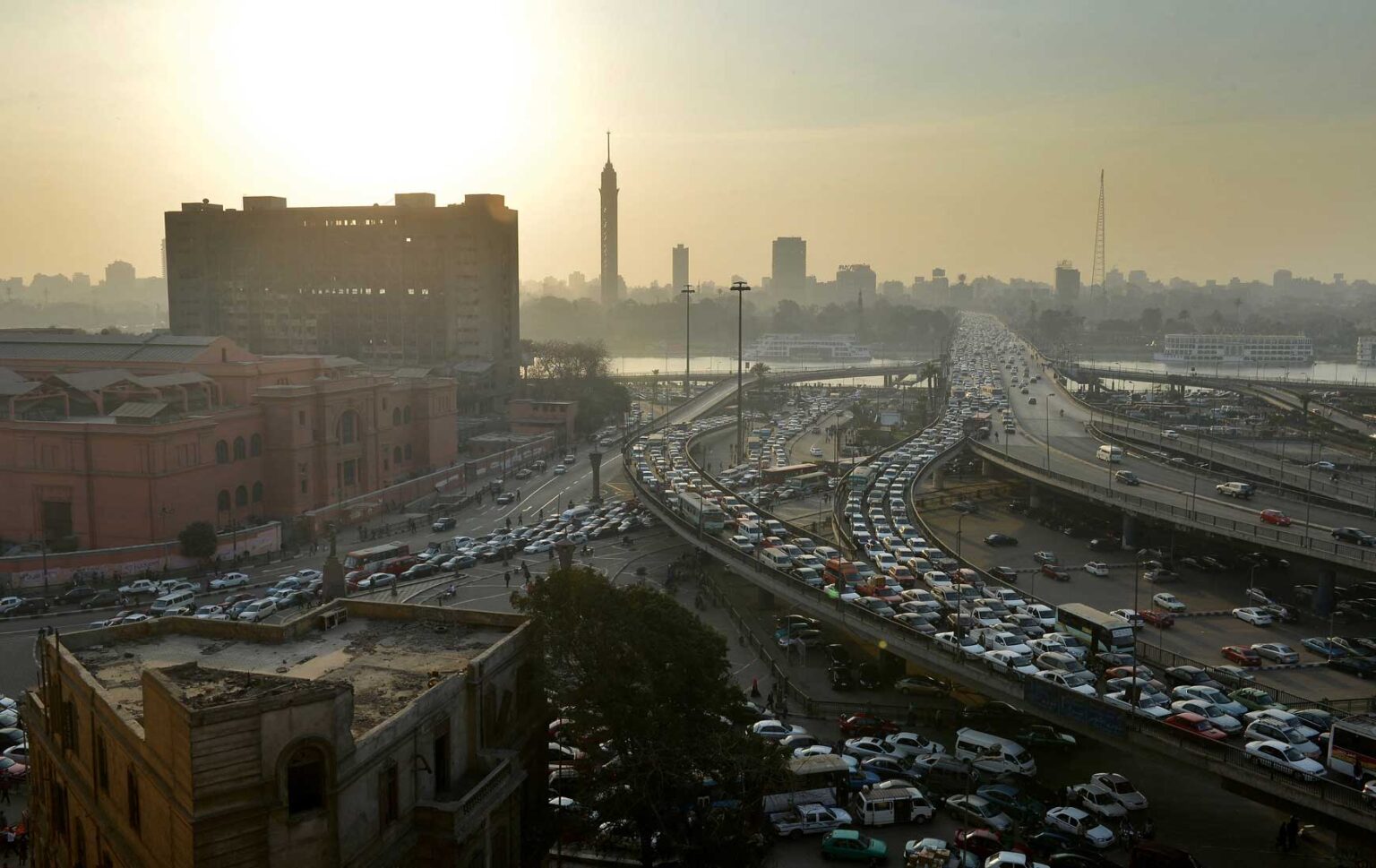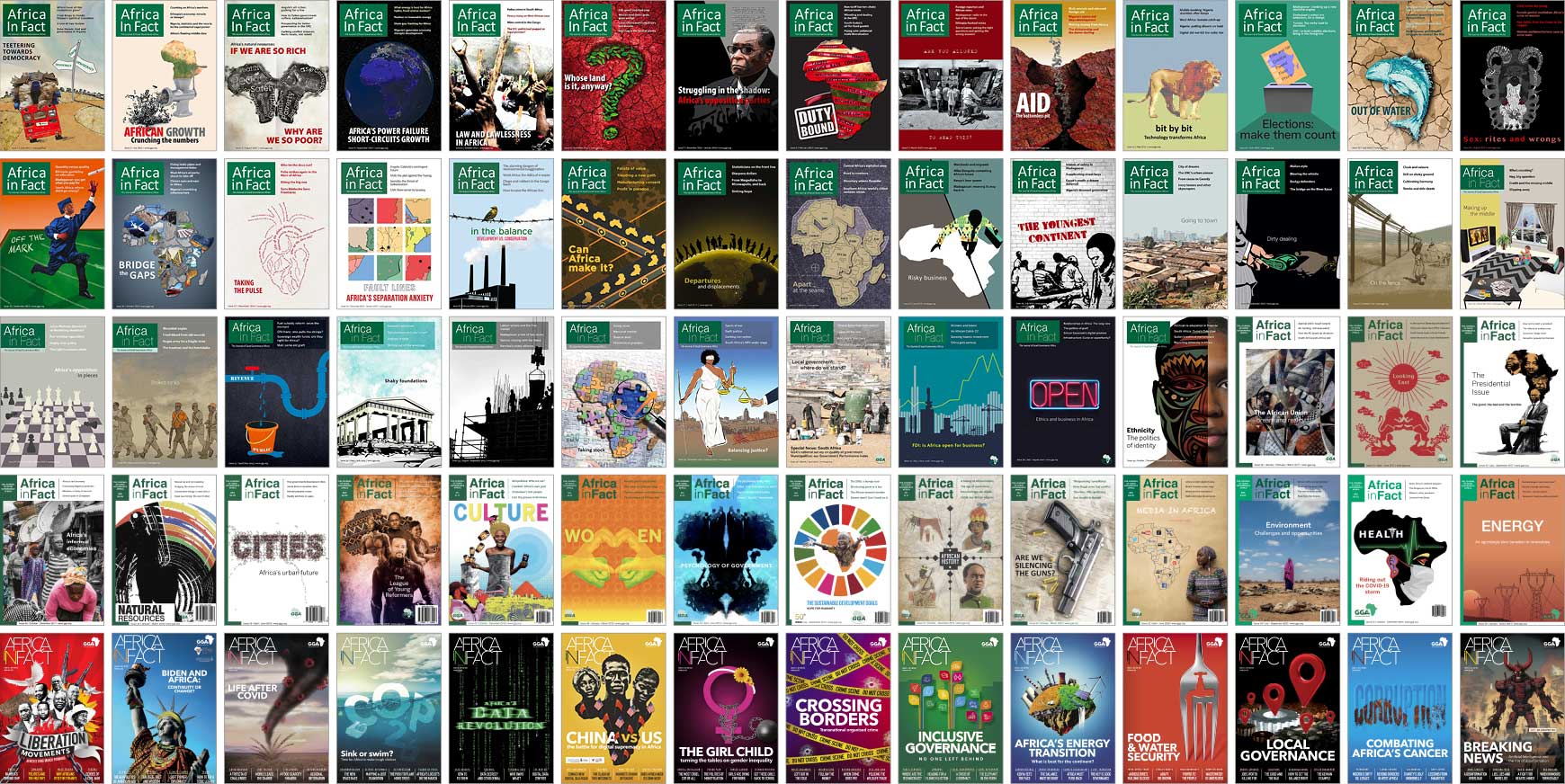Africa is currently undergoing one of the most rapid periods of population growth and urbanisation in human history. This is generating huge traffic congestion and pollution in the continent’s biggest cities, and it is becoming increasingly difficult for people to move between their homes and places of work or study. Mass public transport systems offer the ideal solutions, but the results are not always successful.
The population of Africa has grown rapidly from 284 million in 1960 to about 1.5 billion today. Forecasts vary, with even slight changes in annual birth, death and migration rates making a big difference. However, the most commonly quoted figures are the United Nations forecasts of 2.4 billion people in Africa by 2050 and 4.2 billion by 2100.
This rapid growth has been driven by big falls in infant mortality as a result of vaccination campaigns, increased access to clean drinking water and improved sanitation provision. According to World Bank data for 2022, 29 of the 30 countries with the highest fertility rates worldwide are in Africa.
Moreover, Africa will account for half of all global births by 2100 because of an expected crash in fertility rates in the rest of the world over the course of this century. In parallel with this population boom, there is an ongoing process of African migration from rural to urban areas, often in search of better employment and educational opportunities.
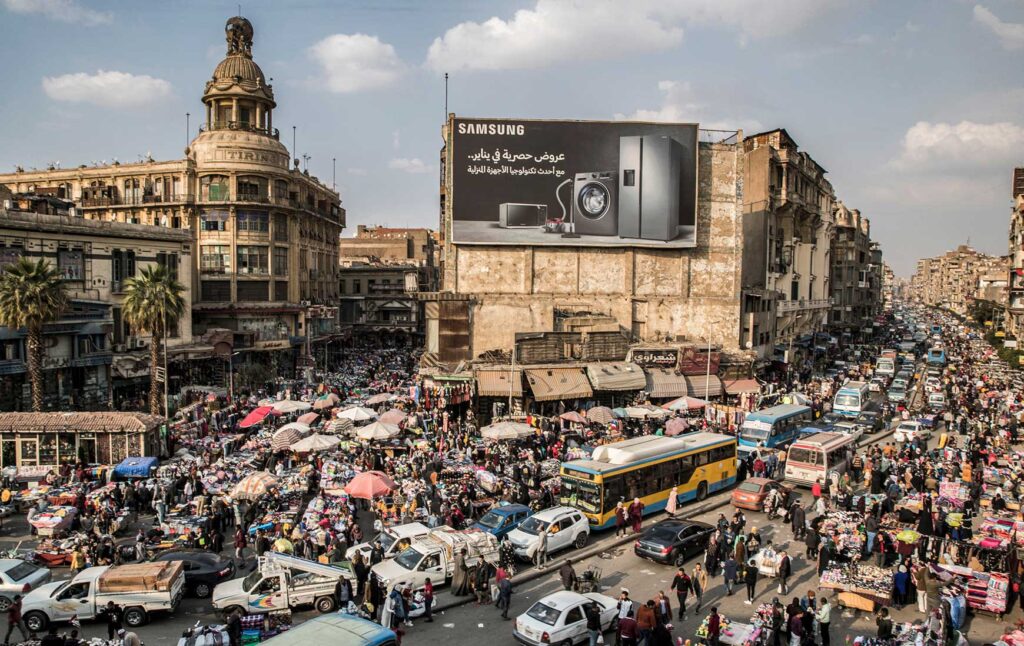
When their wider metropolitan areas are taken into account, four African cities already have populations of more than 10 million: Cairo, Johannesburg, Kinshasa and Lagos, with Luanda and Dar es Salaam set to join them within the next decade. Another 17 will have more than five million by 2035, when more Africans are expected to live in urban centres than rural areas for the first time, according to a report on African cities by the Economist Intelligence Unit (EIU) in August 2024.
Many of the continent’s biggest cities have population growth rates above 5% a year, and most of the growth is unplanned, bringing huge challenges in terms of their day-to-day functioning. The EIU concluded: “Overcrowding, informal settlements, high unemployment, poor public services, stretched utility services and exposure to climate change are just some of the major challenges that city planners will have to grapple with.”
However, one of the biggest challenges is in terms of transport. The economic benefits of urban life can only be unlocked if it is feasible to get to and from any part of a city to another, or at least between any residential area and the city centre. A combination of rapid urbanisation and limited transport financing has resulted in chronic traffic congestion in Africa’s biggest cities, with Lagos often cited as the world city with the longest commutes.
Urbanisation is also causing dangerous levels of pollution. According to insurance firm Allianz, the level of sulphur in African cities is 200-1,000 times higher than European limits, mainly because of low fuel quality standards. Although their uptake is likely to be slow for the foreseeable future, electric vehicles (EVs) are the obvious solution, although the popularity of electric motorbike taxis in East Africa is at least a start.

Allianz estimates that communal taxis, minibus taxis and motorbike taxis are responsible for 75-80% of all motorised journeys in Africa, as car ownership is still unaffordable for most people. In addition, many people obviously move around cities by walking or cycling because of a lack of affordable alternatives. This is despite high levels of pollution, the risk of accidents, and the perception of non-motorised transport options as symbols of poverty.
However, car ownership is likely to grow year-on-year, so congestion is likely to get worse without significant investment in alternatives that are reliable, sufficiently quick and wide-reaching. Solutions include improved road infrastructure, restrictions on cars, support for EVs and smart city technology, but most attention is currently being paid to building new light rail and bus rapid transit systems.
Although Algiers, Cairo, Casablanca and Tunis have light rail, metro or tram systems, Addis Ababa Light Rail Transit (AALRT) became sub-Saharan Africa’s first light rail system in 2015. The scheme, stretching 34 km on two interconnecting lines, relied heavily on Chinese involvement, with China’s Export-Import Bank (Exim Bank) providing 85% of the $475 million construction costs and China Railway Engineering Group building it.
Things have not gone to plan, although the AALRT’s failures seem to have more to do with its operation since construction than with how it was built. Another Chinese firm, Shenzhen Metro Group, provided operations and maintenance (O&M) services for the first three years before control was transferred to the Ethiopian Railway Corporation.
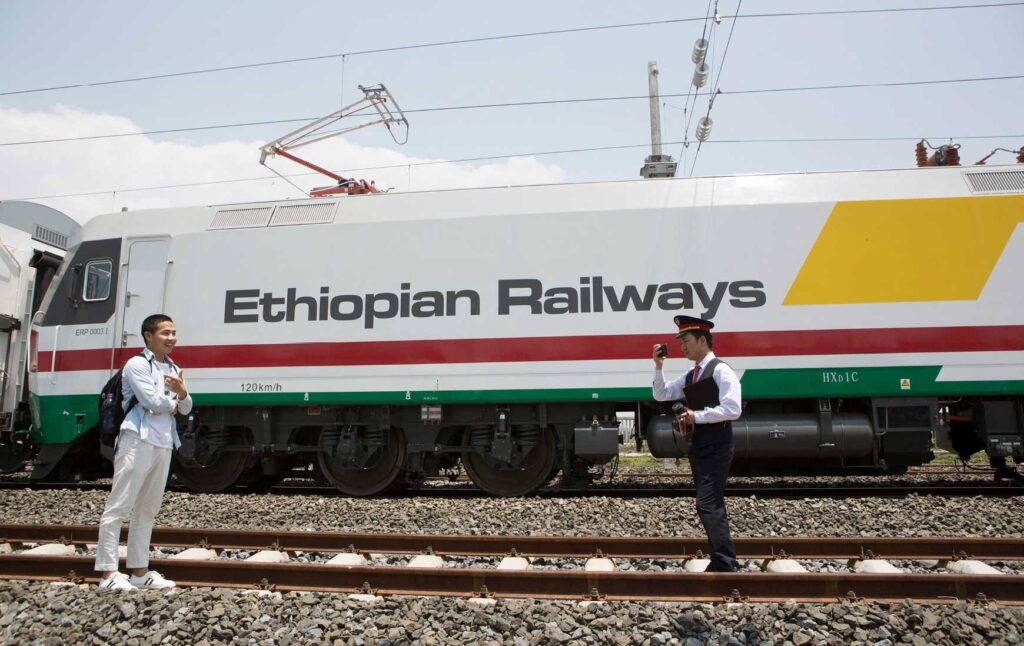
However, services have been badly affected by trains breaking down and insufficient maintenance. Fewer than half of the 41 trains are actually operational at any one time because of a lack of spare parts, and there are also frequent power outages.
While the original target was to transport 60,000 passengers an hour, that figure can fall to as low as 55,000 a day. Trains originally ran every six minutes but it is now often every 15-20 minutes, with crowded services. Network management was transferred to Addis Ababa Transport Bureau in 2022 but low passenger numbers mean limited revenues. Poor performance has continued and Ethiopian and international reports describe the 39 stations as run-down.
Research published in January 2023 in the Journal of Transport Geography blamed insufficient feasibility planning. The main causes appear to be a lack of funding for spare parts and limited investment in building up local O&M skills.
The Exim Bank financing was only part of the $14 billion Beijing lent to Ethiopia between 2006 and 2022, according to research by Boston University. This contributed to a well-publicised debt crisis, with Addis Ababa halting debt repayments to Chinese banks in August 2023, making it difficult to buy spare parts from Chinese suppliers.
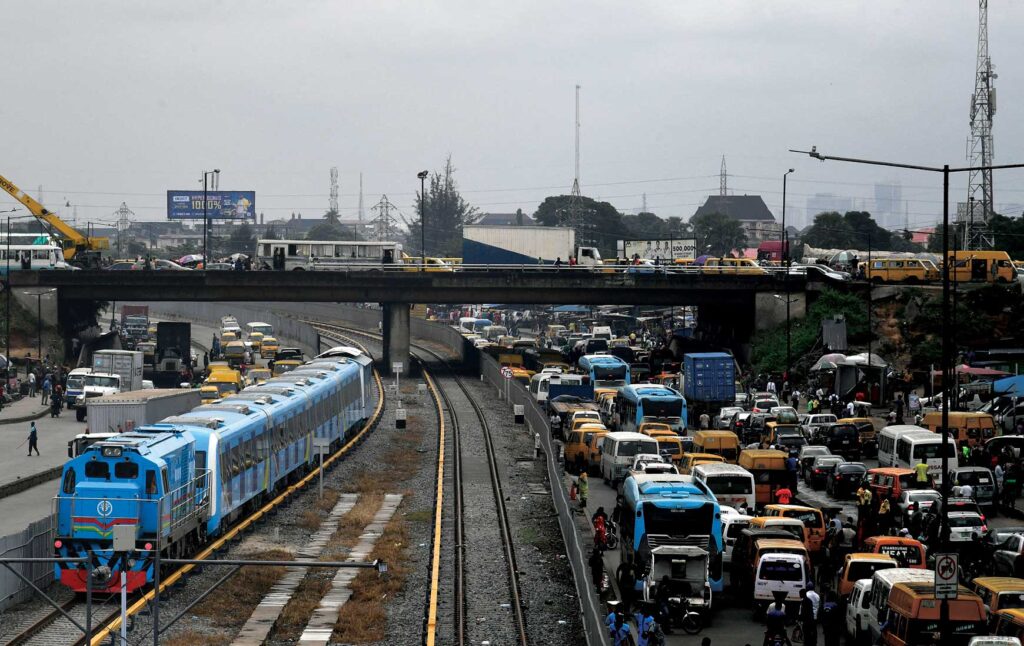
Financing is, as ever, the big stumbling block for infrastructure projects. In Angola, the government has been trying to secure funding for the planned 149 km Luanda light rail network since it signed a memorandum of understanding with German engineering firm Siemens to build it in 2020.
The first 37 km phase, with 24 stops, would connect the port of Luanda, the country’s biggest airport – Quatro de Fevereiro – and the massive Kilamba housing development using 68 four-car trains. It was reported in September last year that Angola’s President João Lourenço had signed a decree authorising the development of this line, although it is still unclear where the money will come from.
The project is designed to curtail the Angolan capital’s notorious traffic jams, which are only set to get worse. Angola had the seventh highest fertility rate in the world in 2022 at 5.2, according to World Bank data. A combination of this demographic growth and the fact that a high proportion of the country’s employment is located in Luanda means that people will continue to move to the city.
Bus rapid transit (BRT) systems are generally cheaper and faster to build than light rail networks and simpler to maintain. They are also easier to control safety standards than informal minibus services. BRT networks usually involve building dedicated bus lanes that enable quicker journey times than in private cars on some routes because of congestion in non-bus lanes. Many BRT buses are articulated to allow them to carry more passengers, and unlike informal minibus services, they usually have predictable timetables.
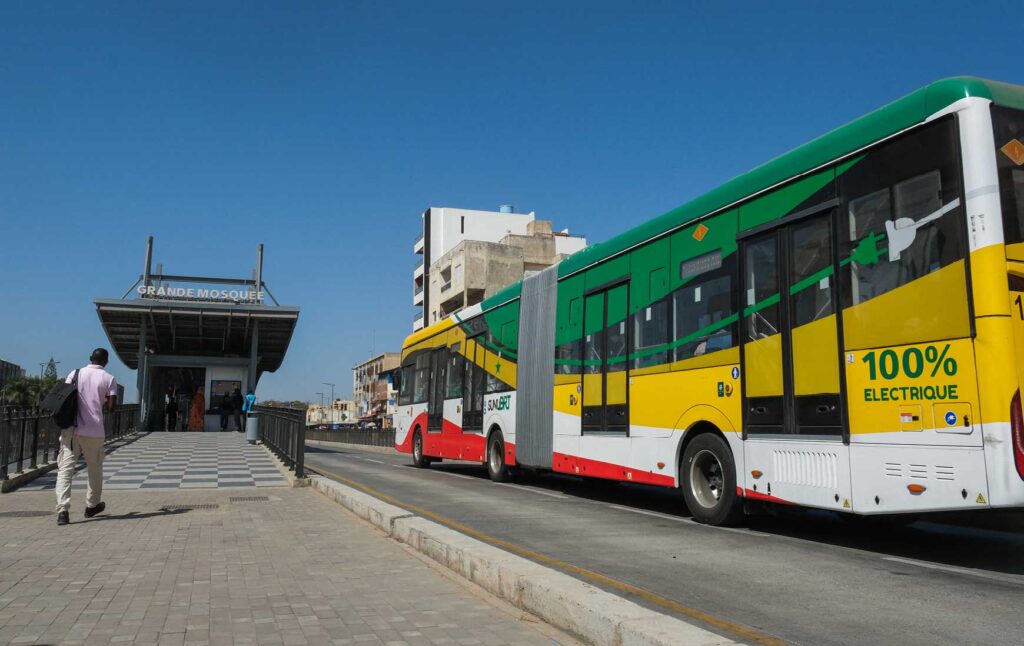
BRT networks are either operating or under construction in Abidjan, Cape Town, Dakar, Dar es Salaam, Douala, Johannesburg, Kampala, Kumasi, Lagos, Ouagadougou and Pretoria. Many are partly financed by multilaterals, intending to become self-financing once up and running. BRTs have become “one of the fastest growing components of the World Bank’s portfolio in Africa”, noted Nicolas Peltier-Thiberge, the bank’s Global Director for Transport.
The government of Senegal asked the World Bank to assess options for tackling congestion in Dakar. Following the success of other new African bus systems, the result was the city’s BRT system, which opened in May 2024 and covers 18.3 km with 23 stations or stops. The entire 121-vehicle fleet comprises articulated all-electric buses, which require six hours for a full charge, to help reduce pollution in the city. The project was developed at a cost of CFA420 billion francs ($671 million), with funding from the World Bank, the European Investment Bank and the UN Green Climate Fund.
The network is operated by Dakar Mobilité, a joint venture of French company Meridiam (70%) and Senegal’s FONSIS (30%), under a 15-year contract. The company has installed security cameras and lighting at bus stops, while employing a high proportion of women to encourage its use by female passengers.
It is expected that it will carry about 300,000 passengers a day while halving many journey times. The service has been integrated with existing rail and informal transport services. As a result, Dakar’s Executive Council of Sustainable Urban Transport estimates that 69% of Dakar’s four million inhabitants can reach the city centre in less than an hour by public transport, compared with 57% previously.
It is easy to see why more African cities have opted for BRT than light rail schemes. The latter can appear more impressive in terms of public relations but are more expensive, take longer to build and are more difficult to maintain. Even where light rail systems are eventually built, accompanying bus services are usually needed, so it makes sense to start with the cheaper option. Yet where light railways are chosen, it is vital that as much effort is put into their operation as their construction.

Dr Neil Alexander Ford has been a freelance consultant and journalist on African affairs for more than two decades. He covers a wide range of topics from international relations and organised crime to cross-border trade and renewable energy. Consultancy clients include international organisations, law firms and financial services companies, and he has acted as an expert witness in Africa-related legal cases. He has a PhD on East Africa’s international boundaries, ranging over the effect on regional economies; cross-border political disputes; and the impact of the boundaries on local communities, such as the Maasai.

